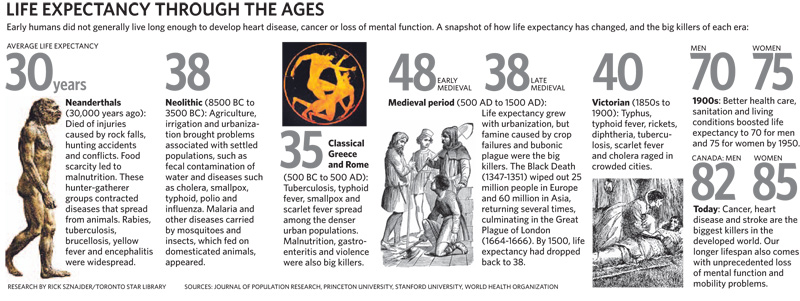
info@vardanhealthcare.com

 Ayurveda (Ayur = life, Veda=knowledge) is an ancient system of medicine that has been practiced in India for 5,000 years and has recently made its way to the west. Based on a philosophy of bringing balance to a diseased body, Ayurveda is regarded as part of a complementary method to traditional Western medicine in successfully treating everything from skin disorders to cancer.Ayurveda stresses a balance of three elemental substances or "dosas"—wind, bile and phlegm – that is analogous to classical humorism.Halpern is president of the California College of Ayurveda and author of the book, "Healing Your Life; Lessons of the Path of Ayurveda." He said that his principal job is designing the different formulations in a manner that brings together ancient traditions, modern science and a deep well of experience."Western medicine is beginning to embrace Ayurvedic practices in combination with modern methods," Palmer said. "In this way, Ayurvedic is not stuck being marketed only in esoteric health food stores. I want to see Elanveda products in the big stores so that all consumers have access to them." "Our next goal is to develop products that address contemporary ills—stress and sleep disorders," Palmer said. "Ayurveda has shown that it can work harmonically to treat so many different disorders. It makes ancient medical practices relevant to today."
Ayurveda (Ayur = life, Veda=knowledge) is an ancient system of medicine that has been practiced in India for 5,000 years and has recently made its way to the west. Based on a philosophy of bringing balance to a diseased body, Ayurveda is regarded as part of a complementary method to traditional Western medicine in successfully treating everything from skin disorders to cancer.Ayurveda stresses a balance of three elemental substances or "dosas"—wind, bile and phlegm – that is analogous to classical humorism.Halpern is president of the California College of Ayurveda and author of the book, "Healing Your Life; Lessons of the Path of Ayurveda." He said that his principal job is designing the different formulations in a manner that brings together ancient traditions, modern science and a deep well of experience."Western medicine is beginning to embrace Ayurvedic practices in combination with modern methods," Palmer said. "In this way, Ayurvedic is not stuck being marketed only in esoteric health food stores. I want to see Elanveda products in the big stores so that all consumers have access to them." "Our next goal is to develop products that address contemporary ills—stress and sleep disorders," Palmer said. "Ayurveda has shown that it can work harmonically to treat so many different disorders. It makes ancient medical practices relevant to today."
 It has been estimated that approximately 6000 years ago the average life span was around 38 years, thanks to diseases such as smallpox, cholera, polio and malaria, as well as malnutrition. These days, where modern medicine is readily accessible, the average life span exceeds 80 years.The article also claimed that Ayurveda is the "most holistic healing science system. A 6000 year old therapy can hardly be considered science, particularly if one looks at its underlying concepts..Ayurveda is based on the concept that disease results from imbalances in the body. This approach completely ignores the fact that many diseases are caused by microbes, while some others are created by contaminants external to the body. Furthermore, many internal imbalances, for example hormone imbalances are not usually treatable through changes in diet, exercise and the use of a few ancient herbs available 6000 years ago, alone.If the Herald's aim was to describe alternative relaxation therapies then they should have described them as such. If the aim was to take a serious look at alternative medicines and therapies then they should have asked some much more critical and probing questions about what the treatments can and cannot do. At the very least, in case of Ayurveda, some evidence for the existance of the five "elements" described as the basis of Ayurveda could have been asked for.
It has been estimated that approximately 6000 years ago the average life span was around 38 years, thanks to diseases such as smallpox, cholera, polio and malaria, as well as malnutrition. These days, where modern medicine is readily accessible, the average life span exceeds 80 years.The article also claimed that Ayurveda is the "most holistic healing science system. A 6000 year old therapy can hardly be considered science, particularly if one looks at its underlying concepts..Ayurveda is based on the concept that disease results from imbalances in the body. This approach completely ignores the fact that many diseases are caused by microbes, while some others are created by contaminants external to the body. Furthermore, many internal imbalances, for example hormone imbalances are not usually treatable through changes in diet, exercise and the use of a few ancient herbs available 6000 years ago, alone.If the Herald's aim was to describe alternative relaxation therapies then they should have described them as such. If the aim was to take a serious look at alternative medicines and therapies then they should have asked some much more critical and probing questions about what the treatments can and cannot do. At the very least, in case of Ayurveda, some evidence for the existance of the five "elements" described as the basis of Ayurveda could have been asked for.